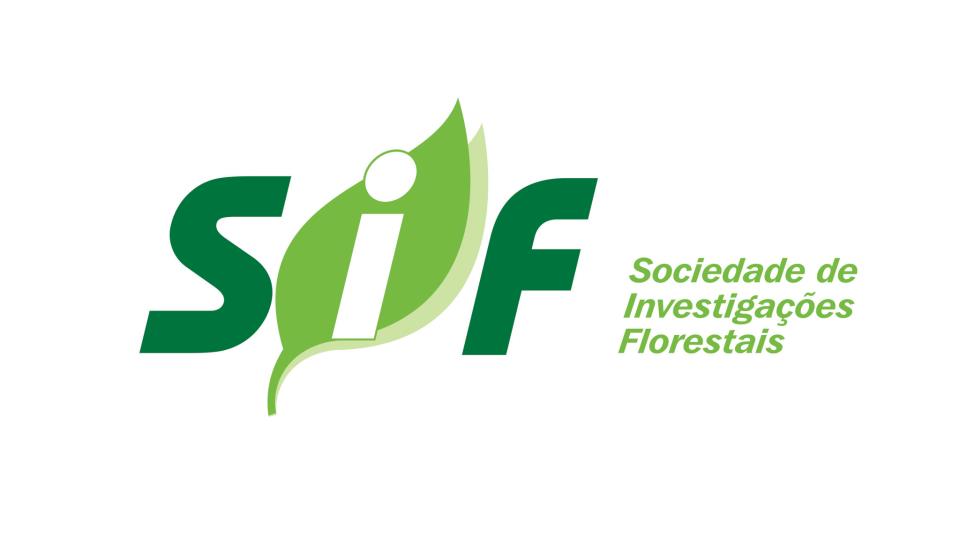Biblioteca Florestal
Digital
Digital
Estrutura horizontal de um trecho de Floresta ombrófila Densa das terras baixas na reserva biológica de Sooretama, Linhares, ES

JavaScript is disabled for your browser. Some features of this site may not work without it.
| dc.contributor.author | Paula, Alessandro de | |
| dc.contributor.author | Soares, João Juares | |
| dc.date.accessioned | 2015-09-25T18:07:24Z | |
| dc.date.available | 2015-09-25T18:07:24Z | |
| dc.date.issued | 2011-04 | |
| dc.identifier.citation | PAULA, A.; SOARES, J. J. Estrutura horizontal de um trecho de Floresta Ombrófila Densa das terras baixas na reserva biológica de Sooretama, Linhares, ES. Floresta, Curitiba, v. 41, n. 2, p. 321-334, abr./jun. 2011. | pt_BR |
| dc.identifier.issn | 1982-4688 | |
| dc.identifier.uri | http://www.bibliotecaflorestal.ufv.br:80/handle/123456789/15276 | |
| dc.description.abstract | Este trabalho teve como objetivo analisar a estrutura fitossociológica horizontal de um trecho da vegetação arbórea de uma floresta de tabuleiro. Foi realizada uma amostragem fitossociológica em 100 parcelas contíguas de 10 x 10 m, sendo amostrados os indivíduos com PAP ≥ 15 cm. Construiu- se a distribuição diamétrica e estimou-se o padrão de distribuição espacial das espécies. Foram amostrados 1519 indivíduos, distribuídos entre 265 espécies, 138 gêneros e 44 famílias. O índice de Shannon (H’) estimado foi de 4,87 nats/ind. As espécies com os maiores VI foram Rinorea bahiensis (Moric.) Kuntze, Eriotheca macrophylla (K. Schum.) A. Robyns e Sterculia speciosa K. Schum. Em relação aos grupos ecológicos, as secundárias tardias obtiveram mais que o dobro do VC e VI das secundárias iniciais. A distribuição diamétrica apresentada pelas pioneiras foi truncada, sendo que a das secundárias iniciais foi ampla. A predominância de espécies tolerantes ao sombreamento nos estágios iniciais de crescimento reforça a ideia de que o estádio sucessional encontra-se avançado. Foram encontradas 10 espécies com padrão de distribuição espacial agregado e 29 aleatório. | pt_BR |
| dc.description.abstract | This work aimed to analyze horizontal structure of arboreal vegetation from a “tableland” forest. A phytosociological sample was carried out on 100 contiguous plots of 10 X 10 meters. We sampled the individuals with PBH ≥ 15 cm, built up the diametric distribution and estimated spatial species distribution pattern. We sampled 1519 individuals, which were distributed into 265 species, 138 genera and 44 families. Shannon’s Index (H’) was estimated at 4.87 nats/ind. Species with the highest IV were Rinorea bahiensis (Moric.) Kuntze, Eriotheca macrophylla (K. Schum.) A. Robyns and Sterculia speciosa K. Schum. In relation to ecological groups, the late secondary species obtained CV and IV, twice as much as the early secondary ones. Pioneers presented truncated diametric distribution, as long as the early secondary had a broader one. Shadow tolerant species predominance reinforces that successional stadium is advanced. It had been found 10 species with aggregated spatial distribution and 29 random ones. | pt_BR |
| dc.format | 14 páginas | pt_BR |
| dc.language.iso | pt_BR | pt_BR |
| dc.publisher | Fundação de Pesquisas Florestais do Paraná | pt_BR |
| dc.relation.ispartofseries | Floresta:v.41,n.2; | |
| dc.subject.classification | Ciências Florestais::Silvicultura::Dendrologia e fitossociologia | pt_BR |
| dc.title | Estrutura horizontal de um trecho de Floresta ombrófila Densa das terras baixas na reserva biológica de Sooretama, Linhares, ES | pt_BR |
| dc.title | Horizontal structure of Ombrophilous dense forest of lowlands in Sooretama Biological Reserve, Linhares | pt_BR |
| dc.type | Artigo | pt_BR |
Arquivos deste item
| Arquivos | Tamanho | Formato | Visualização | |
|---|---|---|---|---|
| Revista_Floresta_v41_n2_p321-334_2011.pdf | 128.9Kb |

|
Visualizar/ |
|





